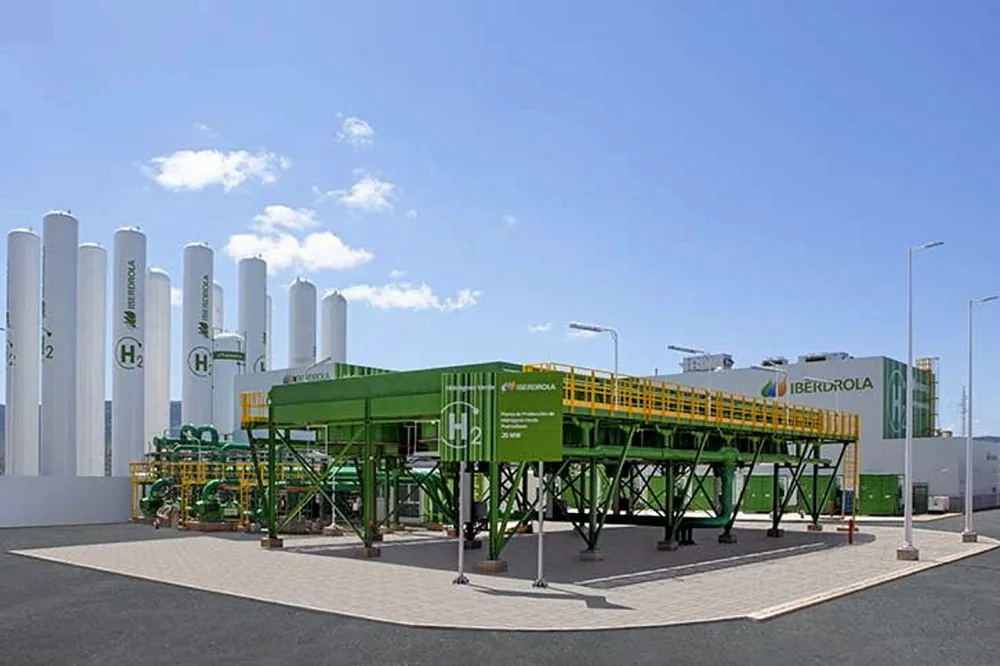Iberdrola bags disused oil-fired power station for $1.2bn green hydrogen and methanol facility in Australia
Bell Bay Powerfuels project will house a 240MW electrolyser, scheduled for commercial operation in 2027

Bell Bay Powerfuels project will house a 240MW electrolyser, scheduled for commercial operation in 2027
